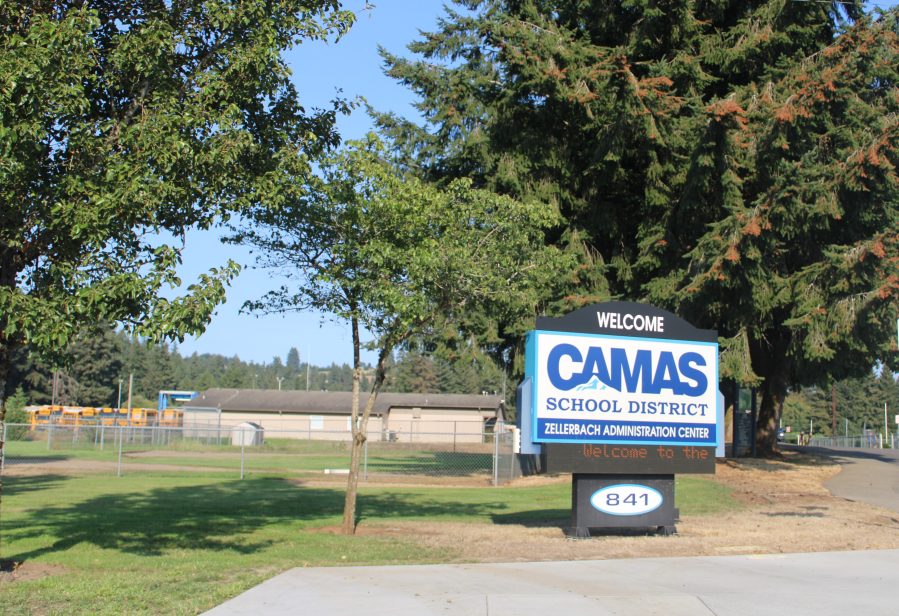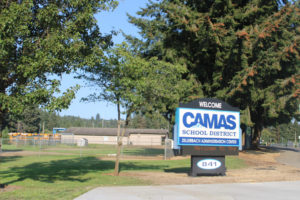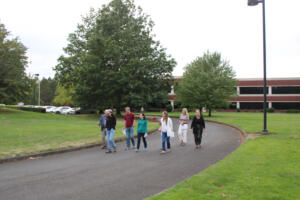Camas School District voters will soon decide the fate of the district’s educational programs and operations (EPO) and capital-technology levies that fund a variety of programs, extracurriculars, technology needs and building maintenance not covered by state educational funds.
The Camas School Board voted unanimously to go out for two four-year replacement levies during the February 2024 special election.
“This is a very critical amount of money that goes to some very, very direct support for our schools,” Camas School District Superintendent John Anzalone said Monday, Nov. 27, during the school board’s regular meeting.
Anzalone said Monday that, after reaching out to various stakeholders that included parents, students, community members, teachers and principals, he was recommending “flat rate” EPO and capital-technology levies that would not raise taxes while still bringing in nearly $1 million in new revenues for non-state-funded programs and facilities or technology needs.
“I feel the message of ‘no new taxes’ will really resonate … and reflect guidance from our stakeholders,” Anzalone told school board members Monday.



